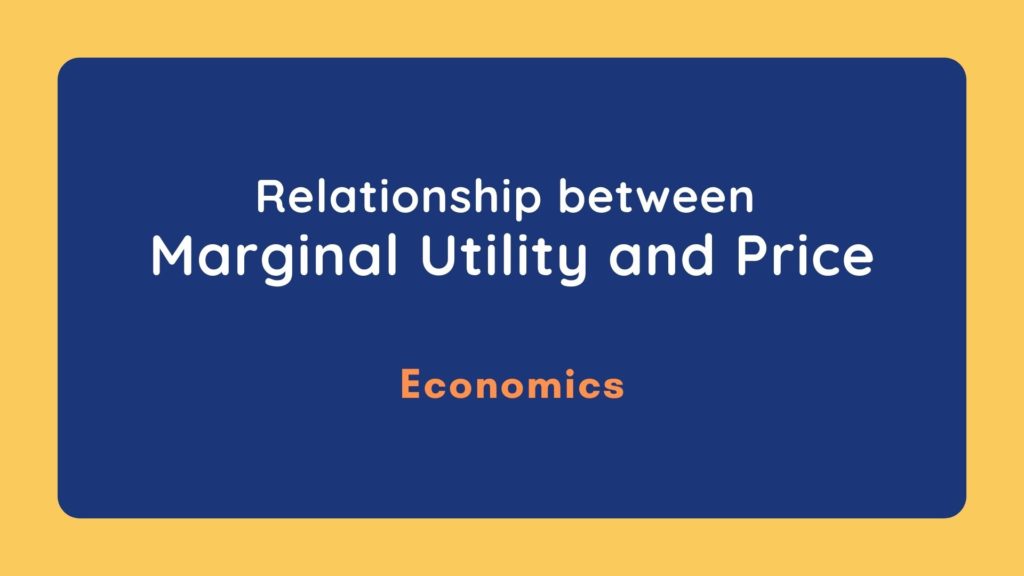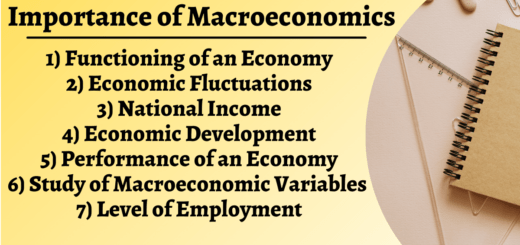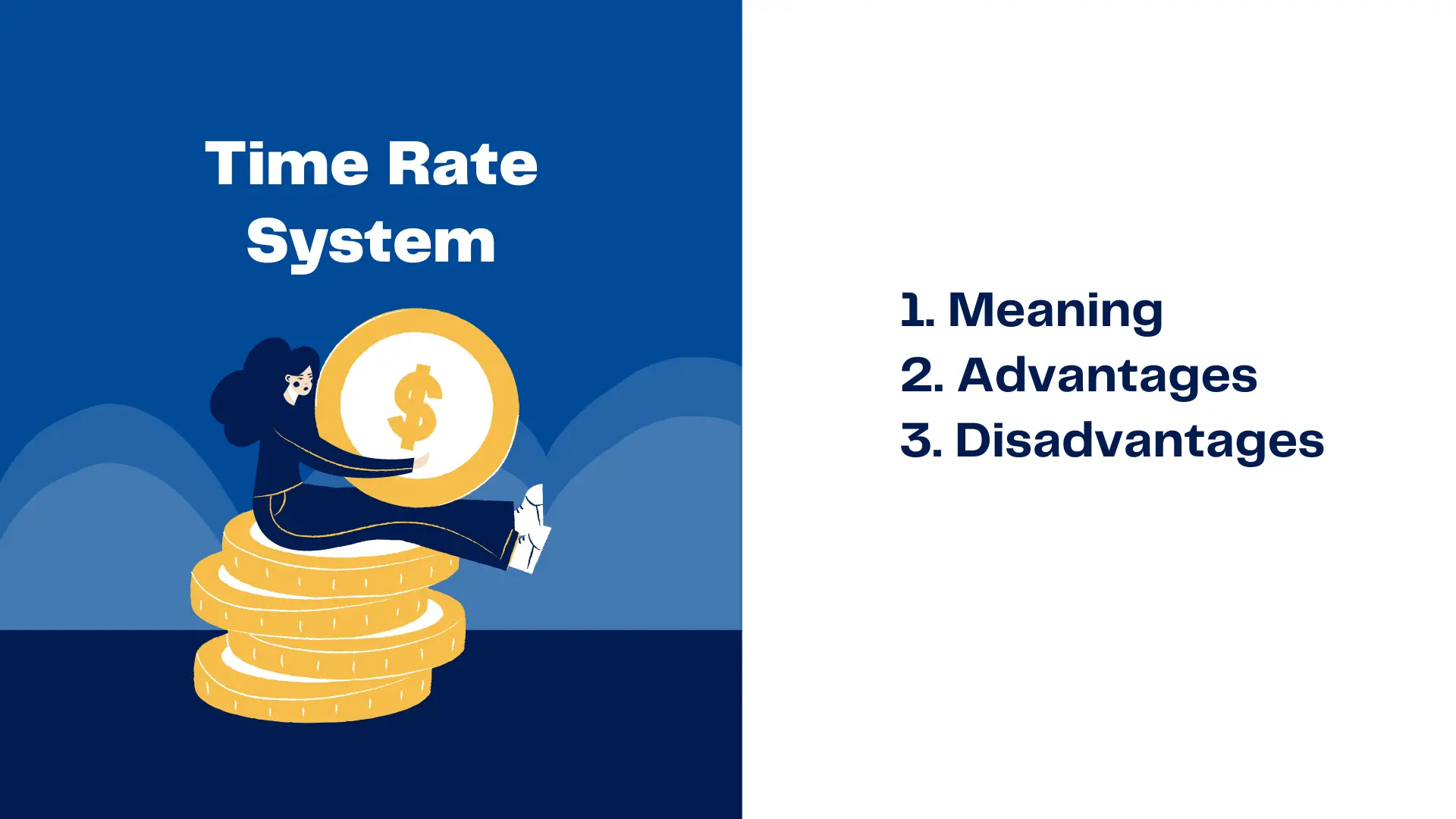Relationship between Marginal Utility and Price | Economics Blogs
Relationship between Marginal Utility and Price

The relationship between marginal utility and price in order to understand how the law of diminishing marginal utility forms the basis of law of demand. It is a perfect example of practical application of the law of
Diminishing Marginal Utility (DMU). To understand the relation, it is essential to convert marginal utility in terms of money so that it can be compared with market price.
Assume:
One unit of marginal utility = Rs 20
Market price per unit of Commodity (Y) = Rs 100.
The below table explains the relationship between marginal utility and price.
| No of Units | MU per unit of Y | MU in terms of money 1 unit = Rs 20 | Market price/unit of Y = Rs 100 | Comparison between MU and price |
| 1 | 10 | 200 | 100 | 200 MU>Rs 100 |
| 2 | 8 | 160 | 100 | 160 MU>Rs 100 |
| 3 | 7 | 140 | 100 | 140 MU>Rs 100 |
| 4 | 5 | 100 | 100 | 100 MU=Rs 100 |
| 5 | 3 | 60 | 100 | 60 MU<Rs 100 |
| 6 | 1 | 20 | 100 | 20 MU<Rs 100 |
- Microeconomic Definition | Historical Review of Microeconomics
- Scope Or Nature of Microeconomics
- Features of Microeconomics
- Importance of Microeconomics
The table shows that a consumer starts buying units of commodity Y for his consumption, one after the other. Marginal utility which is added to his stock goes on diminishing with every further unit consumed.
When MU is converted in terms of money, one can easily compare it with market price which is shown in column 5 of the table
For the first three units consumed, it is found that marginal utility in terms of money is greater than the price paid. A rational consumer will willingly buy these units since the benefit derived is more than the price paid.
At the 4th unit marginal utility and price become equal. So the consumer can also think of buying the 4th
unit.
In the case of 5th and 6th units, marginal utility derived is less than the market price paid. A rational consumer will not buy further once the equality between marginal utility and price is established.
From the given following conclusion can be made with reference to marginal utility and price:
1) Units which a consumer willingly buys because MU is greater than price are called “Intra-marginal units” (MUy>Py)
2) Unit at which MU becomes equal with market price is “marginal unit”.
(MUy=Py) = Consumer’s equilibrium
3) Units which a rational consumer is not willing to buy and consume where he has to pay more than the MU are called “Extra- marginal units.” (MUy<Py)
Thus, a rational consumer attains equilibrium where MUy=Py. This relationship between marginal utility and price paved way for law of demand.


